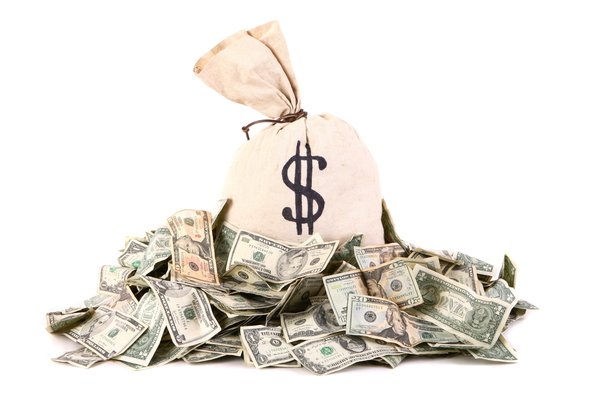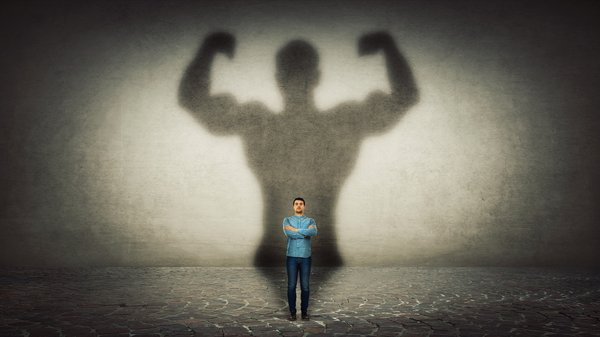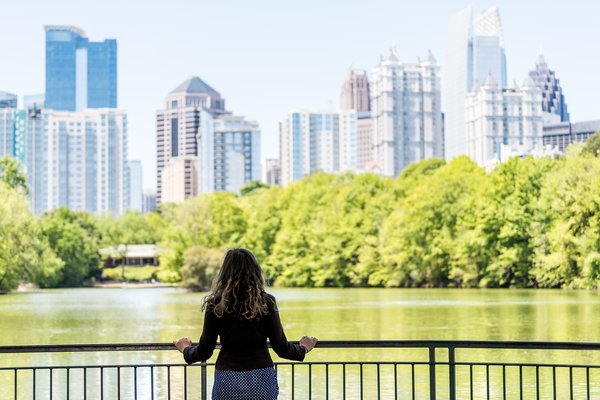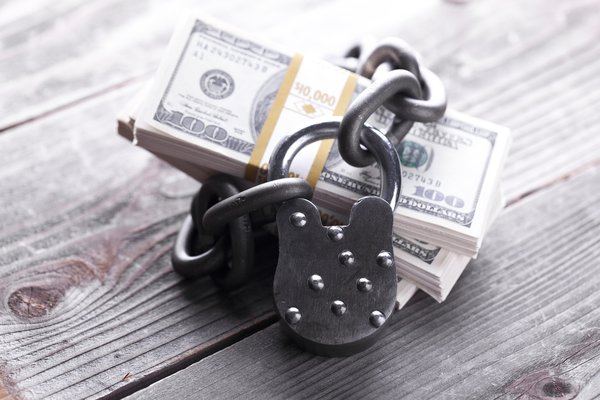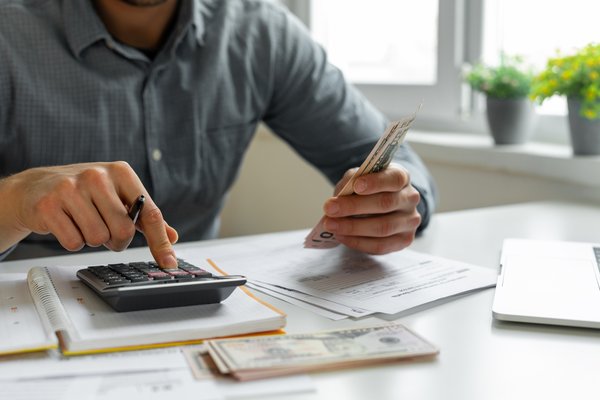A repurchase agreement, or repo, is a contract between two parties whereby one party temporarily lends a security to the other for cash and agrees to buy it back later at a specified price (typically one that’s slightly higher). A repo is similar to a short-term secured loan, with the security serving as collateral.

The repo market is an important source of liquidity for financial institutions, as well as a key monetary policy tool for the Federal Reserve. In this article, we’ll cover these complex and relatively obscure transactions and the role they play in financial markets.
What is a repurchase agreement (repo)?
What is a repurchase agreement (repo)?
Repurchase agreements are financial contracts whereby one party sells a financial security to another party and agrees to pay it back at a specific price in the near future. The implied interest rate is the difference between the sale and repurchase prices.
The securities used are usually low-risk government debt instruments, like U.S. Treasuries or agency mortgage-backed securities. However, even corporate bonds and equity can be used as collateral.
Essentially, the entity that temporarily sells the security is borrowing money. The entity that agrees to buy the security and sell it back later is the lender. The securities are collateral that protect the lender in case the borrower fails to pay back the cash it received.
Securities
How do repo agreements work?
How do repo agreements work?
In a repo agreement, lenders typically require overcollateralization to protect themselves against the risk that the securities will drop in value. As a result, assets pledged as collateral are discounted, which is often referred to as a haircut. The difference between the initial price of the securities and their repurchase price is known as the repo rate.
In the U.S., most repos are tri-party repo agreements, which means they’re settled through a third-party clearing bank. About 80% of daily traded volume on the tri-party repo market consists of overnight repos, or contracts that mature the next day.
But some repo agreements are known as open or on-demand repos, which means they have no maturity date. In an open repo, the contract rolls over from day to day, but either party can terminate the agreement at any time. The length of the agreement is known as its tenor; the tenor is similar to a bond’s maturity date. Generally, a longer tenor is associated with greater risk.
Related investing topics
Examples of repo agreements
Examples of repo agreements
Suppose a hedge fund wants to borrow money cheaply, while a money market mutual fund has excess cash. But the money market fund doesn’t want to hold cash because cash won’t earn interest. The hedge fund has plenty of assets but needs cash for its trading desk activities.
On the repo market, the hedge fund may agree to sell U.S. Treasury securities to the money market fund and buy them back a week later for a slightly higher price. The money market fund gets a small but low-risk return, while the hedge fund gets the cash it needs for investment activities.
The Fed uses the repo market to regulate the money supply and bank reserves, with the goal of promoting financial stability. The Fed buys securities to inject cash into the banking system. On the other side, the Fed sells securities (known as a reverse repo) to temporarily reduce liquidity.
For example, on Sept. 17, 2019, the overnight repo rate -- which had previously been hovering around 2.5% -- spiked to about 9%. The dramatic increase was largely attributed to two events, both of which had occurred on Sept. 16: Quarterly corporate taxes were due, and $54 billion of long-term Treasury debt settled. As a result, about $120 billion was drained from bank reserves in just two business days.
The Fed responded by offering up to $75 billion in daily repos for the rest of the week and increasing its daily lending while lowering its long-term lending to stabilize interest rates.










